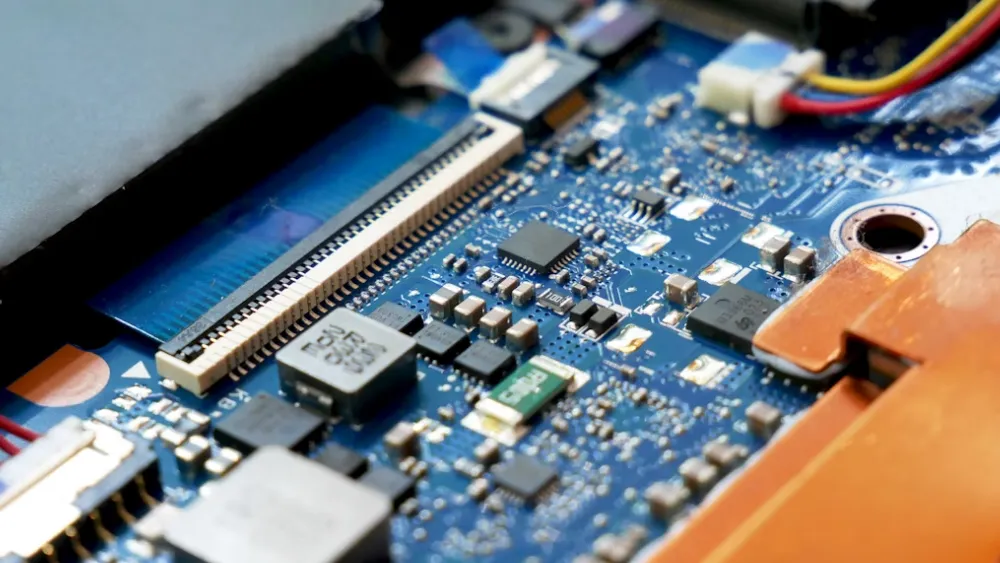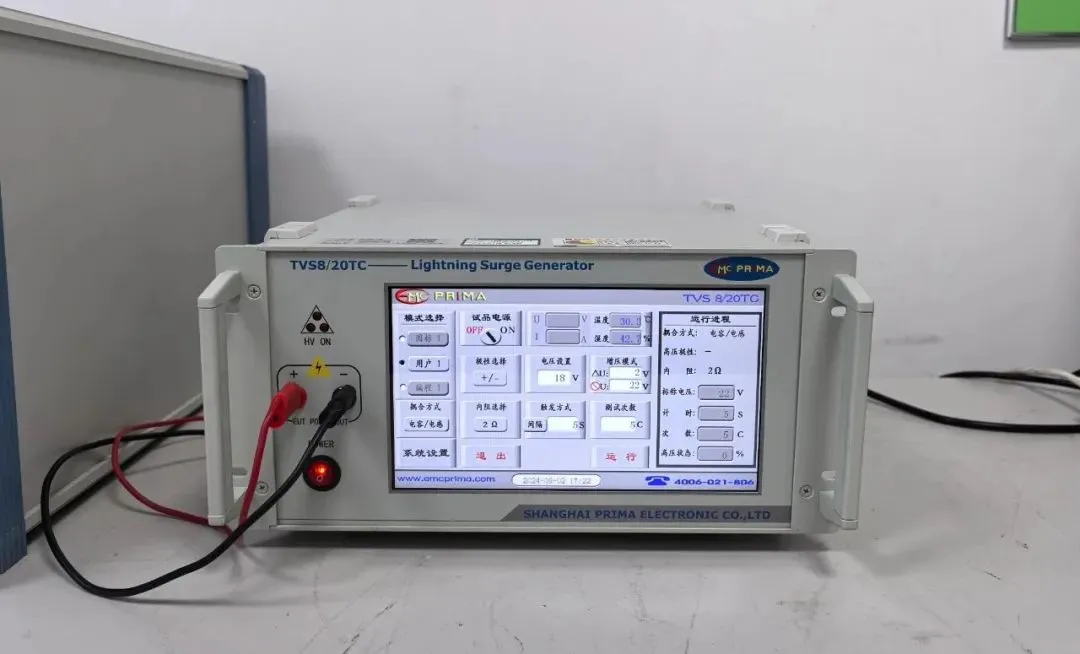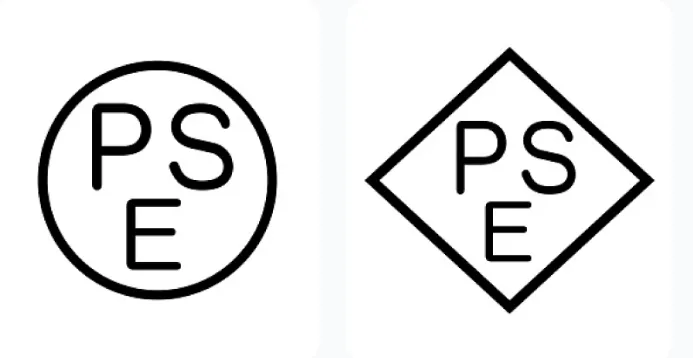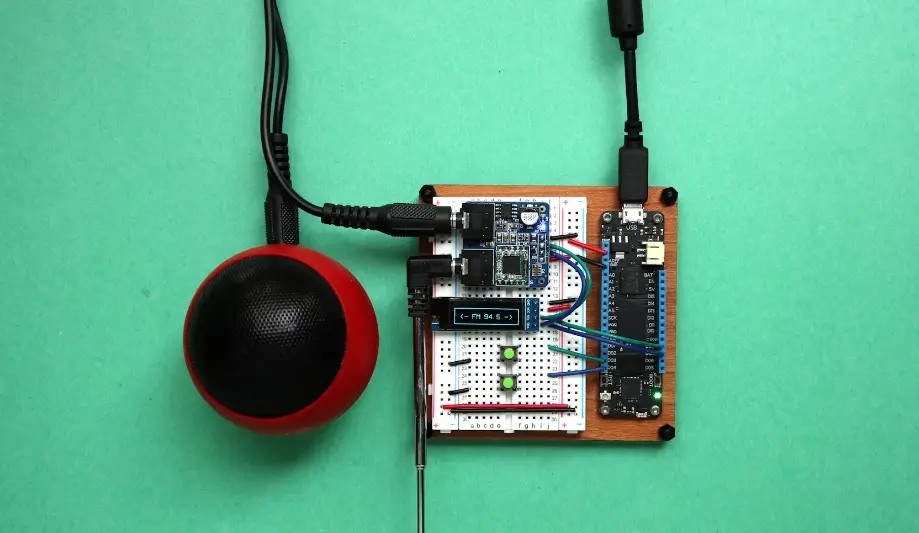
EN 812:2012 Industrial crash helmets
EN 812:2012
Industrial crash helmet CE certification - PPE Testing
What is the EN 812:2012 standard?
EN 812: 2012 standard is a European standard that aims to guarantee the head protection of PPE wearers. The EN 812 standard is a European standard that aims to guarantee the head protection of PPE wearers. In this way, it deals with the safety of the industry. upper limit.
PPE Personal Protection Directive
Our products meet all necessary standards according to RegULation (EU) 2016/425 on Personal Protective Equipment (PPE), but not only that – we always demand more from our products to ensure the safe protection of the user's body in the specific workplace.
EN 812:2012 Standard Test Requirements
Part1.Impact/shock absorption
Unlike industrial helmets, crash caps are only designed to protect the wearer from static objects (such as walking into low ceilings or hanging obstacles).
Test method: Use a 5kg flat hammer to drop onto the helmet from a height of 250mm.
Maximum allowable transfer force: The maximum allowable transfer force is 15 kN.
Test area: The impacts are carried out on the front and back of the helmet, with the head tilted at 30° and 60°, to simulate any impact that may occur in actual use.
Sample pre-treatment: Testing was conducted on several helmet samples, which were subjected to high-temperature, low-temperature, water immersion and UV aging pre-treatments. There is also the option to extend the pretreatment temperature range if requested by the manufacturer.
Part2. Penetration
Like industrial helmets, impact caps are designed to protect against sharp or pointy objects (such as corners or protruding elements of static objects) and therefore require penetration testing.
The test is based on a method similar to shock absorption testing, with the firing pin dropped from a set height onto a helmet mounted on a fixed headform.
Test method: Use a 500g conical striker and drop it onto the helmet from a height of 500mm.
Evaluation Criteria: Evaluation is based on whether the firing pin makes contact with the headform underneath the helmet. This can be accomplished using an indicator material (such as plasticine or soft metal) on the headform itself, or by establishing electrical contact between the firing pin and the headform (if the firing pin touches the headform, the circuit is complete, and an alarm is sounded).
Sample pre-treatment: Again, testing was conducted on helmets that had been subjected to high temperature, low temperature, water immersion and UV aging.
Part3.Design requirements
In addition to specific performance requirements, most protective helmet specifications include a number of requirements for helmet design.
Coverage area: Most specifications for protective helmets include, in addition to specific performance requirements, some requirements for the helmet design, such as the coverage area provided by the helmet, which needs to ensure that a sufficient area is effectively protected.
Field of view: The field of view provided to the user when worn should also meet the requirements.
Ergonomics and safety: The gap between the helmet and the head, wearing comfort, and other safety-based requirements also need to be met.
What is the difference between EN standard 397 and EN 812 standard?
The EN 397 standard covers industrial protective helmets according to standards for absorption, impact, chin strap fixation and ventilation. The helmet must resist objects projected onto the skull.
The EN 812 standard relates to safety helmets with impact-resistant enclosures. Its purpose is to ensure protection of workers in the event of superficial cuts and injuries caused by impact between the head and a hard, stationary object.
EN 397 – Protection against falling objects:
Industrial safety helmets comply with the EN 397 standard, which states that they must be designed to protect the wearer from falling objects.
Protecting the head from mechanical impact protects users from possible consequences such as brain damage or skull fractures. The standard also includes preventing lateral deformation of the helmet and protecting the wearer from dangerous head injuries.
Email:hello@jjrlab.com
Write your message here and send it to us
 Canadian Rug Flammability Testing
Canadian Rug Flammability Testing
 Toy Flammability Test Compliance Certification
Toy Flammability Test Compliance Certification
 ISO 17025 Accredited Test Laboratory
ISO 17025 Accredited Test Laboratory
 What is Amazon California Proposition 65?
What is Amazon California Proposition 65?
 New METI Registration Regulations in Japan
New METI Registration Regulations in Japan
 Attention for Amazon Japan Sellers: New PSE Regula
Attention for Amazon Japan Sellers: New PSE Regula
 Compliance with Japanese Representative & METI
Compliance with Japanese Representative & METI
 ZigBee-LoRa-Z-Wave Product compliance testing
ZigBee-LoRa-Z-Wave Product compliance testing
Leave us a message
24-hour online customer service at any time to respond, so that you worry!




